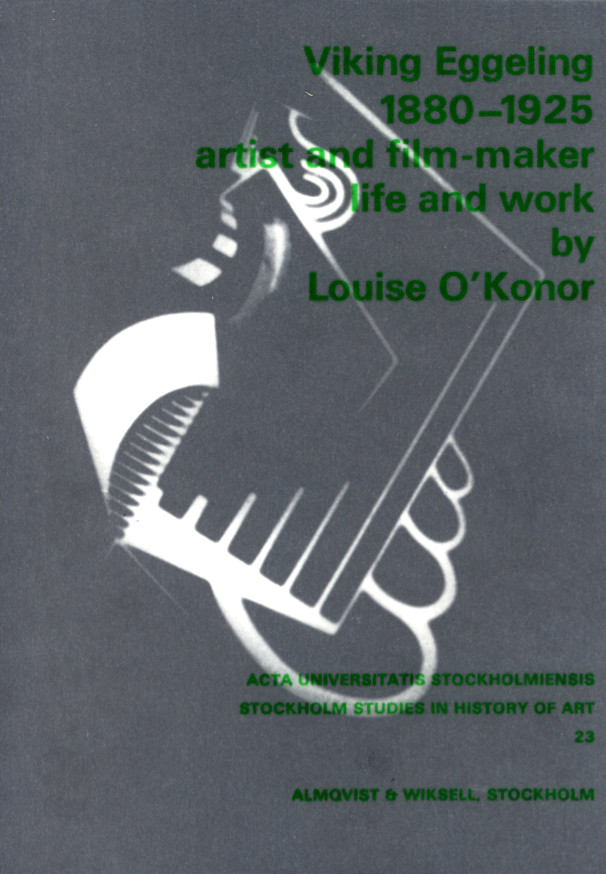Dawn Ades, Simon Baker (eds.): Undercover Surrealism: Georges Bataille and DOCUMENTS (2006)
Filed under book, catalogue | Tags: · 1920s, 1930s, archaeology, art, art history, avant-garde, ethnography, film, painting, photography, sculpture, surrealism

“In the Paris art world of the 1920s, Georges Bataille and his journal DOCUMENTS represented a dissident branch of surrealism. Bataille—poet, philosopher, writer, and self-styled “enemy within” surrealism—used DOCUMENTS to put art into violent confrontation with popular culture, ethnography, film, and archaeology. Undercover Surrealism, taking the visual richness of DOCUMENTS as its starting point, recovers the explosive and vital intellectual context of works by Picasso, Dalí, Miró, Giacometti, and others in 1920s Paris. Featuring 180 color images and translations of original texts from DOCUMENTS accompanied by essays and shorter descriptive texts, Undercover Surrealism recreates and recontextualizes Bataille’s still unsettling approach to culture. Putting Picasso’s Three Dancers back into its original context of sex, sacrifice, and violence, for example, then juxtaposing it with images of gang wars, tribal masks, voodoo ritual, Hollywood musicals, and jazz, makes the urgency and excitement of Bataille’s radical ideas startlingly vivid to a twenty-first-century reader.”
With contributions by Fiona Bradley, Neil Cox, Caroline Hancock, Denis Hollier, William Jeffett, CFB Miller, Michael Richardson, and Ian Walker.
Publisher Hayward Gallery, London, with MIT Press, Cambridge/MA, 2006
ISBN 1853322504, 9781853322501
272 pages
Exh. reviews: Peter Suchin (Frieze), Benjamin Noys (Radical Philosophy), John Phillips and Ma Shaoling (Theory, Culture & Society).
Wikipedia
PDF (104 MB, updated on 2020-2-20)
Comments (6)Rosemari Elizabeth Baker: Shklovsky in the Cinema, 1926-1932 (2010)
Filed under thesis | Tags: · art history, cinema, film, film history, literary theory, literature
“The following research project is grounded in the interrelated contexts of the Russian intelligentsia’s ambivalent engagement with post-revolutionary culture and cinema’s rise as an artistic medium and instrument of Russian cultural development. By examining Viktor Shklovsky’s earliest activities in the Soviet film industry, this project will explore how narrative, aesthetic, and ideological programmes were repeatedly and variously moulded, undermined, and complicated by the twentieth-century Russian avant-garde interest in dissolving creative boundaries between the domains of the ‘internal’ (embracing private, individual, and domestic concerns) and ‘external’ (their public, communal, and social counterparts) in a bid ‘to turn space outwards’ (vyvorachivat´ prostranstvo vovne). These critical enquiries will lend themselves to an investigation of how the behaviours of Shklovsky, his colleagues, and his artistic creations were affected by internal and/or external loci of control and how these activities were reconciled (if at all) in a society where the relationship between freedom and necessity was in a constant state of fluctuation.
This research aims not simply to establish the extent and significance of Shklovsky’s influence on cinema as an individual, but rather to utilise his personal narrative for an assessment of the levels of interaction between theory and practice and between the verbal and the visual as integral to the intelligentsia movement. The project will investigate the part that Shklovsky played in conceptualising the boundaries, exchanges, and conflicts that arose between different artistic media and the critical institutions that developed around them, before considering how these relations changed as Soviet culture entered and emerged from the period of Cultural Revolution. In addition, an exploration of the effects of personal and professional tensions between different ideological groups will not only develop a better understanding of Shklovsky’s role in the cinema as theorist, critic, polemicist, screenwriter, and ‘creative administrator’, but will also help to establish the similarities and/or disparities between his film-works and contemporary cultural experience.” (Abstract)
Master Thesis
Faculty of Arts and Humanities, Durham University
209 pages
Louise O’Konor: Viking Eggeling, 1880-1925: Artist and Film-maker: Life and Work (1971)
Filed under book | Tags: · abstract art, abstract cinema, art, art history, biography, dada, experimental film, film, visual music

Louise O’Konor’s book is the first biography of Viking Eggeling, a Swedish avant-garde artist and filmmaker connected to dada, constructivism and abstract art and one of the pioneers of absolute film and visual music. The book is a result of 12 years of research in public and private archives in Europe and in the USA, and is a significant contribution to the history of dada and early abstract, animated film.
Translated by Catherine G. Sundström and Anne Bibby
Publisher Almqvist & Wiksell, Stockholm, 1971
299 pages
via DiVA Academic Archive
PDF (165 MB, updated on 2013-12-8)
Watch Eggeling’s Diagonale Symphonie (1924) on UbuWeb

